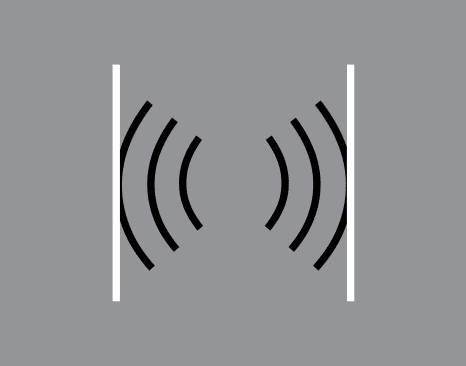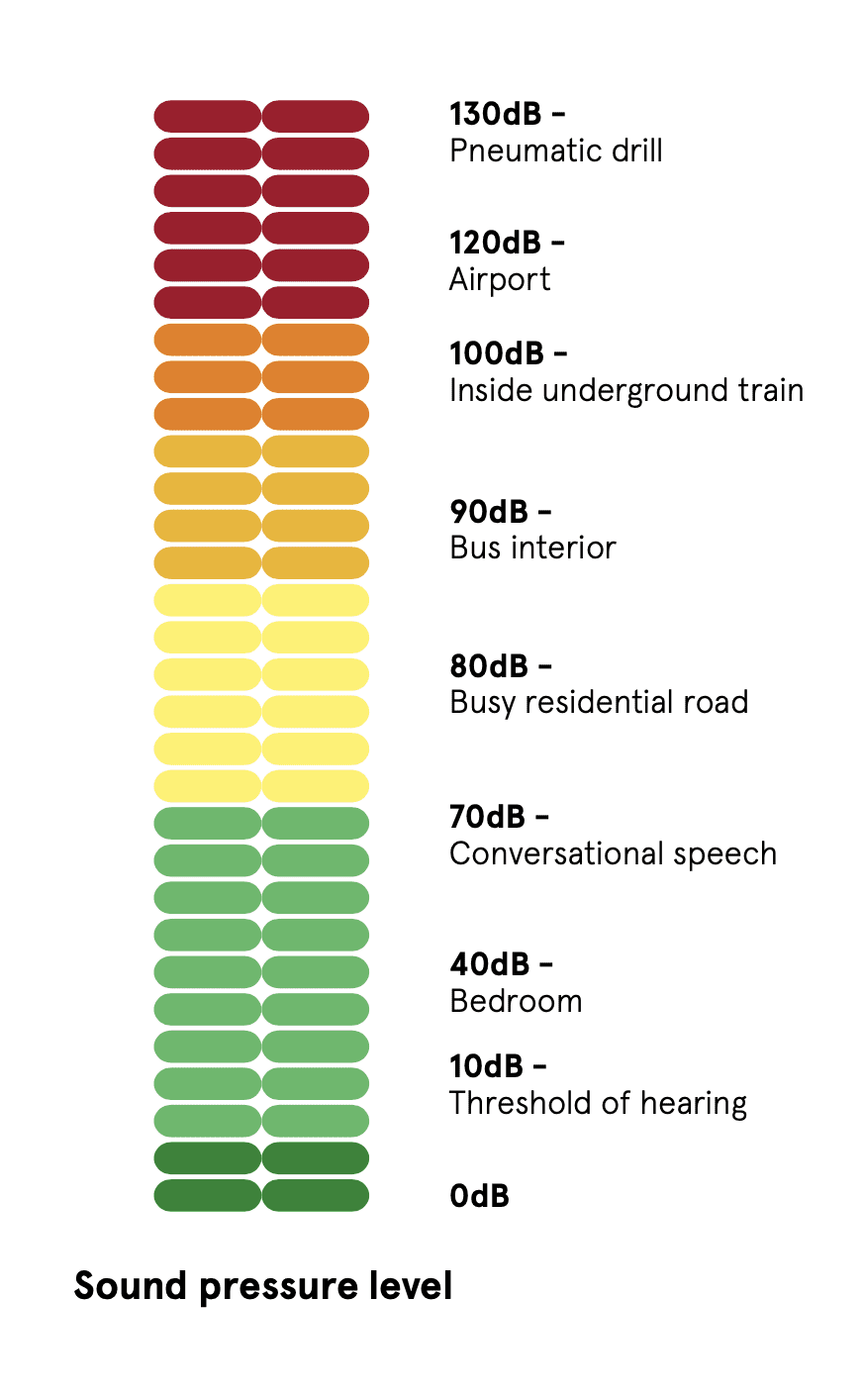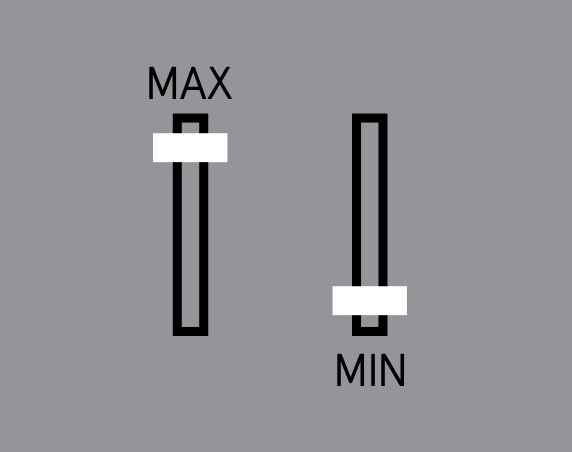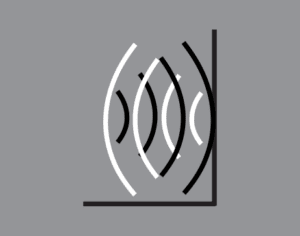Overcoming the Pitfalls of Poor Audio
Audio is a differentiator that can make or break user experience.
In an increasingly crowded marketplace, with more than 8 billion connected smartphones, tablets, PCs, TVs, TV boxes and other bits of audio hardware, there’s more customers than ever before demanding an instant connection with a product. When poor user experience translates into lost sales, avoid these four major pitfalls when it comes to audio.
HERE ARE THE 6 MAJOR CONSIDERATIONS FOR AN AUDIO PLAN
1 Consider the ambient environment in which your product will be used
2 Establish the audio component dimensional envelope early on.
3 Reference the audio component’s SPL rating and distance
4 Budget for more power than what you might use
5 Choose a larger amplifier than what you might need
6 Test your audio performance before closing the mechanical and electrical design
-->





